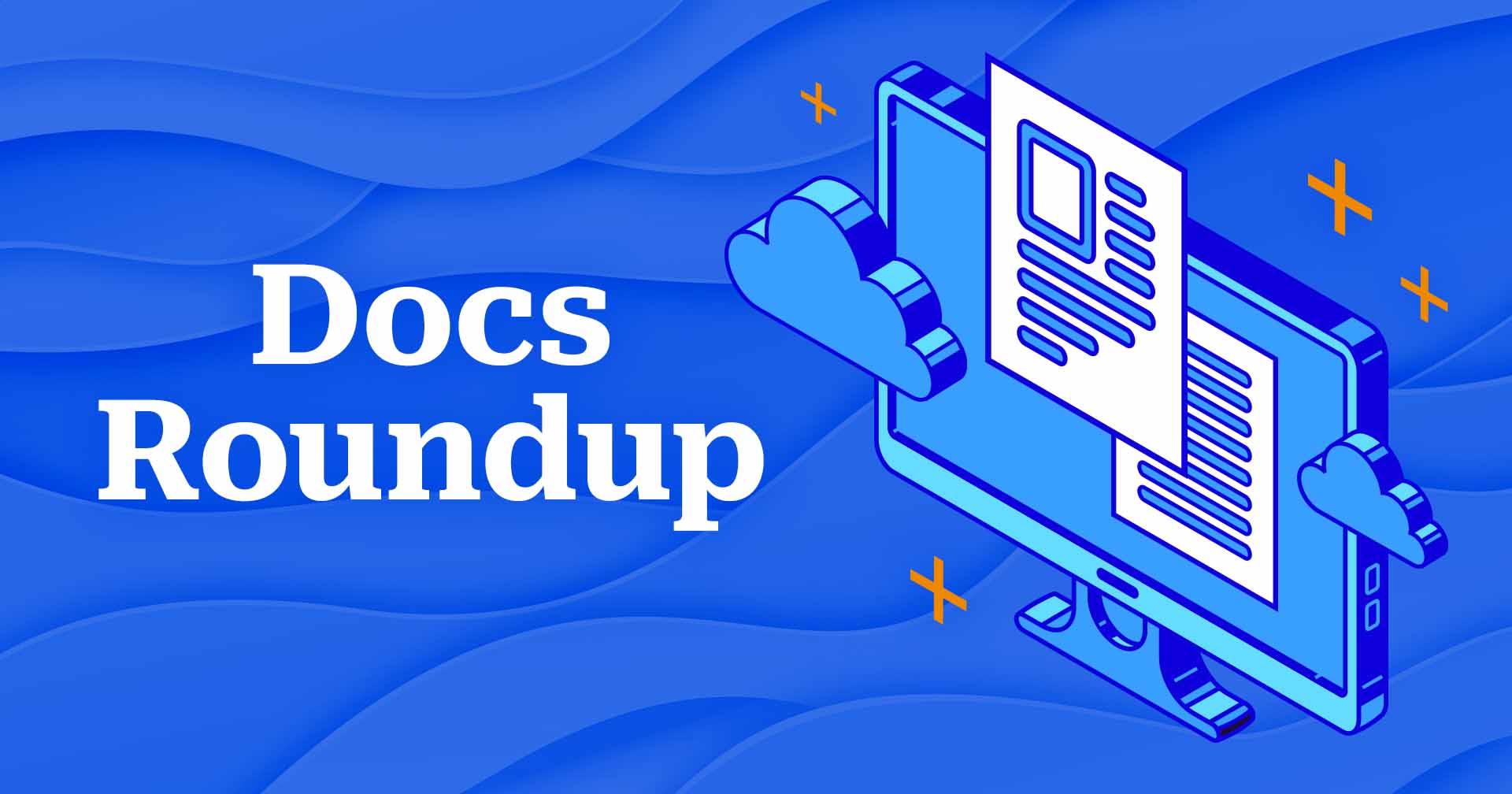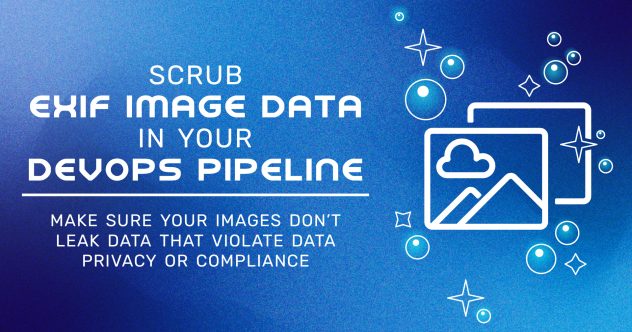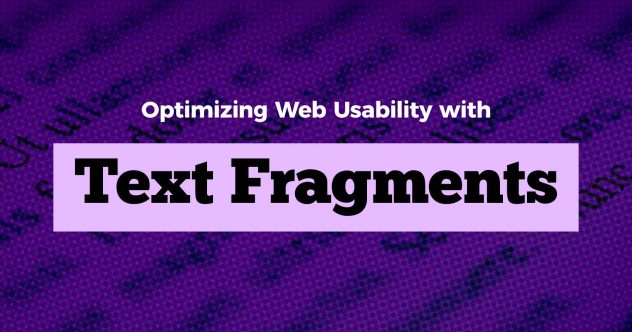Our extensive documentation library provides in-depth tutorials on everything from Linux essentials to scaling complex applications in the cloud. Here are some of the latest guides our technical writing team recommends, including using Nomad for container orchestration, an alternative to Ruby on Rails, and creating symlinks in Linux.
Serverless and containerized development are both designed to abstract virtual machines so developers can worry less about underlying infrastructure. This guide explains the key differences between event-driven serverless architecture versus highly portable containers that have everything required to run the application.
How to Architect a Serverless Application
Serverless is a bit of a misnomer–a serverless application still requires servers and hardware to run the application code. However, serverless employs microservices that abstract application layers away from each other to increase scalability, failover, and collaboration. This guide covers the key differentiators and provides an introduction to breaking down application requirements to evaluate whether serverless architecture is a good fit.
How to Use Nomad for Container Orchestration
HashiCorp Nomad is an open source container orchestrator and scheduler. Follow this guide to deploy a Nomad instance (including via our Marketplace app), or set up a Nomad cluster using Terraform, and start scheduling jobs using the Nomad interface.
Kubernetes and Nomad are both declarative and portable tools to orchestrate containerized workloads, but factors like team size or preference for using a managed service will determine which is the better fit. Learn key similarities and differences for when you want to use one or the other.
How to Use Nomad Alongside Kubernetes
For more complex workloads requiring fine-tuned control, Nomad and Kubernetes work well together to achieve parallel orchestration. This guide provides instructions on deploying a Kubernetes cluster with LKE, installing Nomad with kubectl, and running a Nomad job.
How to Use the Phoenix Framework
Like Django and Ruby on Rails, Phoenix is a web framework for Elixir to build APIs and interactive web applications. Elixir shares syntactic similarities with Ruby while offering boosts in application performance.
A symbolic link, or symlink, creates a named reference to a file, directory, or other Linux file system object. Use a symlink to point to a directory or to modify and maintain a file with copies throughout your directory. Though symlinks are undoubtedly useful, they can also clutter your directory if overused. Follow our other guide to remove symlinks and identify symlink strings as needed.
Interested in Serverless Development on Akamai?
We want to hear from you if you currently use functions or serverless compute from any provider as part of your application development. Akamai cloud computing services is exploring adding functions to our cloud platform. Take the survey to let us know what you’re looking for, or sign up to be contacted when a functions service is available in beta.









Comments